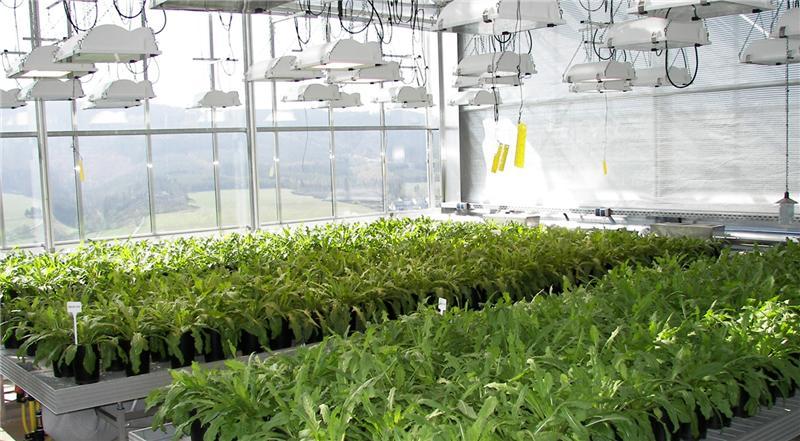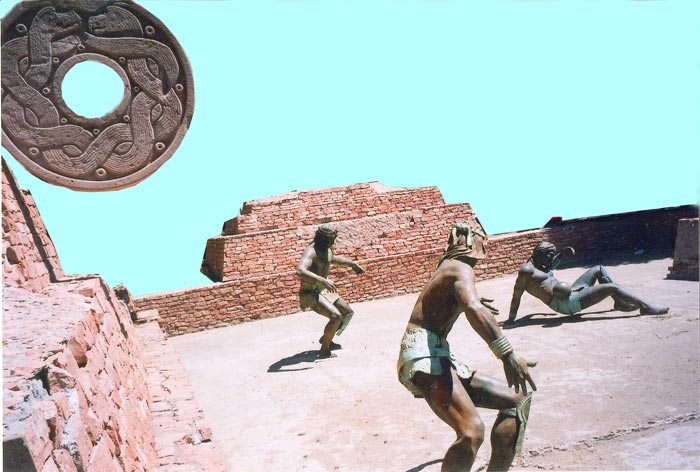(stewardship)
rubber
DANDI
Rubber has created our modern chemical industrial complex as it helped to solidify the presence of Bayer, Dupont and others to drive the synthetic economy. The question now is: Will rubber define a new era of economic transition?
power of the dandelion
High-grade natural rubber from dandelions becomes real.
cool
Around 25 million tonnes of rubber is produced each year, of which 42 percent is natural rubber. The remainder is synthetic rubber derived from petrochemical sources.
The world is preparing for natural rubber prices to sore as the petrochemicals used to create synthetic rubber begin to become scarce. Plus there is every reason to believe that there will be efforts from different countries to move to control natural rubber producing regions so that they can secure a supply for rubber.
Dan Crawford published in Kootney Green, said that, “Nearly 90% of the world’s natural rubber is supplied by plantations in South East Asia. The millions of rubber trees there are all clones coming from only a handful of seeds originating from the Amazon, and descendents are taken as cuttings from these trees. A huge population of species supporting an extremely small genetic base causes any weaknesses to be greatly amplified. These trees are all known to be very susceptible to the fungal disease known as leaf blight. If one were to become infected, the risk of it spreading is very high.”
In 1879 in France, Gustave Bouchardat (1842-1918) created one form of synthetic rubber, producing a polymer of isoprene in a laboratory. The expanded use of motor vehicles, and particularly motor vehicle tires, starting in the 1890s, created increased demand for rubber. In 1909, a team headed by Fritz Hofmann, working at the Bayer laboratory in Elberfeld, Germany, also succeeded in polymerizing methyl isoprene (2,3-dimethyl-1,3-butadiene), the first synthetic rubber.
The human demand for rubber provides us insight as to what can happen as demand outweighs supply. Political problems that resulted from great fluctuations in the cost of natural rubber led to the enactment of the Stevenson Act in 1921. This act essentially created a cartel which supported rubber prices by regulating production, but insufficient supply, especially due to wartime shortages, also led to a search for alternative forms of synthetic rubber. By 1925 the price of natural rubber had increased to the point that many companies were exploring methods of producing synthetic rubber to compete with natural rubber. In the United States at tha time, the early laboratory work of Julius Nieuwland led to contributions to acetylene research and its use as the basis for one type of synthetic rubber, which eventually led to the invention of neoprene by DuPont and this marked the modern era of sythetic rubber.
Today, as oil supplies decline and prices increase, efforts to find an alternative to both natural and synthetic rubber have become rigorous. Now a new discovery has found that rubber can be extracted from the juice of the dandelion making it possible for northern hemisphere regions to grow their own rubber. Yet the decisive breakthrough to industrial manufacturing is proving to be a tough step.
Working jointly with industry and science, the Fraunhofer Institute for Molecular Biology and Applied Ecology IME has optimized the cultivation and production engineering over the past few years. Now the researchers -- in collaboration with Continental Tire -- are building the first ever pilot system to extract vast quantities of dandelion rubber for making tires: an important milestone on the path to rubber procurement in Europe.
The joint project officially started at the beginning of October. The goal is to develop the production process over the next five years so that Continental can manufacture tires made from dandelion rubber. This is why molecular biologists at IME and the research department of the automotive supplier built a pilot facility in Münster that is capable of producing natural rubber by the ton. At the same time, they cultivate several hectares of a dandelion variety which is particularly rich in rubber. To optimize the raw material content and the properties of the blossom, the researchers concurrently grew new varieties with a higher proportion of rubber and biomass yield.
The first prototype test tires made with blends from dandelion-rubber are scheduled to be tested on public roads over the next few years. The natural product obtained in this manner exhibited the same quality as the conventional rubber from rubber trees that has been imported from subtropical countries and used in tire production. However unlike the conventional rubber, it could be harvested more cost-effectively, better cultivated and grown in Germany as a sustainable raw material -- even on land areas not previously suited for agricultural crops.
"Through the most modern cultivation methods and optimization of systems technology, we have succeeded in manufacturing high-grade natural rubber from dandelions -- in the laboratory. The time is now right to move this technology from the pilot project-scale to the industrial scale. We have found an expert partner in Continental, with whom we now want to create tires that are ready for production," explains Prof. Dr. Rainer Fischer, head of institute at IME in Aachen.
"We are investing in this highly promising materials development and production project because we are certain that in this way we can further improve our tire production over the long term," says Nikolai Setzer, the Continental managing director who is responsible for the tires division. "It's because the rubber extraction from the dandelion root is markedly less affected by weather than the rubber obtained from the rubber tree. Based on its agricultural modesty, it holds entirely new potential -- especially for cropland that is lying fallow today. Since we can grow it in much closer proximity to our production sites, we can further reduce both the environmental impact as well as our logistics costs by a substantial margin. This development project impressively demonstrates that, with regard to material development, we have not reached the end of our potential."
"We have amassed tremendous expertise in dandelion harvesting over the last few years. With the aid of DNA markers, we now know which gene is responsible for which molecular feature. This makes it possible to cultivate especially high-yield plants much more efficiently," as Prof. Dr. Dirk Prüfer describes the research efforts at the Münster-based IME site.
Scientists there have intensively engaged with this topic there. They succeeded in proving that the rubber extracted from dandelion is of the same quality as its cousin from the rubber tree. The team under Prof. Prüfer is gathering comprehensive raw data for the first time on the individual varieties, on their rubber content and on the biological mechanisms of production. With the aid of this knowledge, they succeeded in cultivating varieties that are especially high in yield, robust, and easy to grow. "The greatest challenge was to transform the weed into a useful crop and to cultivate suitable varieties. In the meantime, a few of our plants proved to contain a markedly elevated rubber content. We will now stabilize these even further by breeding them," explains Prof. Prüfer.
For production, only the Russian variety of our domestic plants can be used. This is the only type that features large quantities of rubber within its white latex sap. It is immense potential hidden inside the dandelion. Compared to the rubber tree, it has three decisive advantages: Its vegetation period only lasts one year, not several years. Afterwards, the plants can be harvested immediately, and be further optimized by breeding. At the same time, it is less vulnerable to pests. And finally, it does not require a subtropical climate and can be planted on domestic croplands.
"With this new technology, we can achieve a sustainable edge for the German automotive market. On the one hand, it makes the domestic economy less dependent on the importing of raw materials. On the other hand, it reduces the transportation routes, and thus improves the CO2 balance," as Dr.-Ing. Reimund Neugebauer, President of the Fraunhofer-Gesellschaft, describes the purpose and the essential advantages of the collaboration.
The first use of rubber was by the Olmecs, who centuries later passed on the knowledge of natural latex from the Hevea tree in 1600 BC to the ancient Mayans. They boiled the harvested latex to make a ball for a Mesoamerican ballgame.
The world's rubber needs are met through both natural and synthetic sources. Synthetic rubber requires petrochemicals as a feedstock for its manufacture, using roughly 3.5 times more oil than what is required for a rubber tree plantation. This dependence on oil has led to a dramatic price increase in synthetic rubber over the last few years. Not surprisingly, this has fuelled an increased demand for natural rubber.
Natural rubber, coming from latex of Hevea brasiliensis, is mainly poly-cis-isoprene containing traces of impurities like protein, dirt etc. Although it exhibits many excellent properties in terms of mechanical performance, natural rubber is often inferior to certain synthetic rubbers, especially with respect to its thermal stability and its compatibility with petroleum products.
Around 70 percent of the world's natural rubber is used in tires. The top end of latex production results in latex products such as surgeons' gloves, condoms, balloons and other relatively high-value products. The mid-range which comes from the technically-specified natural rubber materials ends up largely in tires but also in conveyor belts, marine products and miscellaneous rubber goods.
Natural rubber offers good elasticity, while synthetic materials tend to offer better resistance to environmental factors such as oils, temperature, chemicals or ultraviolet light and suchlike. "Cured rubber" is rubber which has been compounded and subjected to the vulcanisation process which creates cross-links within the rubber matrix.
Natural rubber latex is shipped from factories in south-west Asia, South America, and North Africa to destinations around the world. As the cost of natural rubber has risen significantly, the shipping methods which offer the lowest cost per unit of weight are preferred. Depending on the destination, warehouse availability, and transportation conditions, some methods are more suitable to certain buyers than others. In international trade, latex rubber is mostly shipped in 20-foot ocean containers.
Synthetic rubber, invariably a polymer, is any type of artificial elastomer mainly synthesised from petroleum byproducts. An elastomer is a material with the mechanical (or material) property that it can undergo much more elastic deformation under stress than most materials and still return to its previous size without permanent deformation.
About 15 billion kilograms of rubbers are produced annually, and of that amount two thirds is synthetic. Global revenues generated with synthetic rubbers are likely to rise to approximatly $56 billion (US) in 2020. Synthetic rubber, like natural rubber, has uses in the automotive industry for door and window profiles, hoses, belts, matting, flooring and dampeners (antivibration mounts).
a short history of rubber
It seems ironic that the ancient Olmecs threw a rubber ball at something that resembles a tire...
The Struggle for Latex


